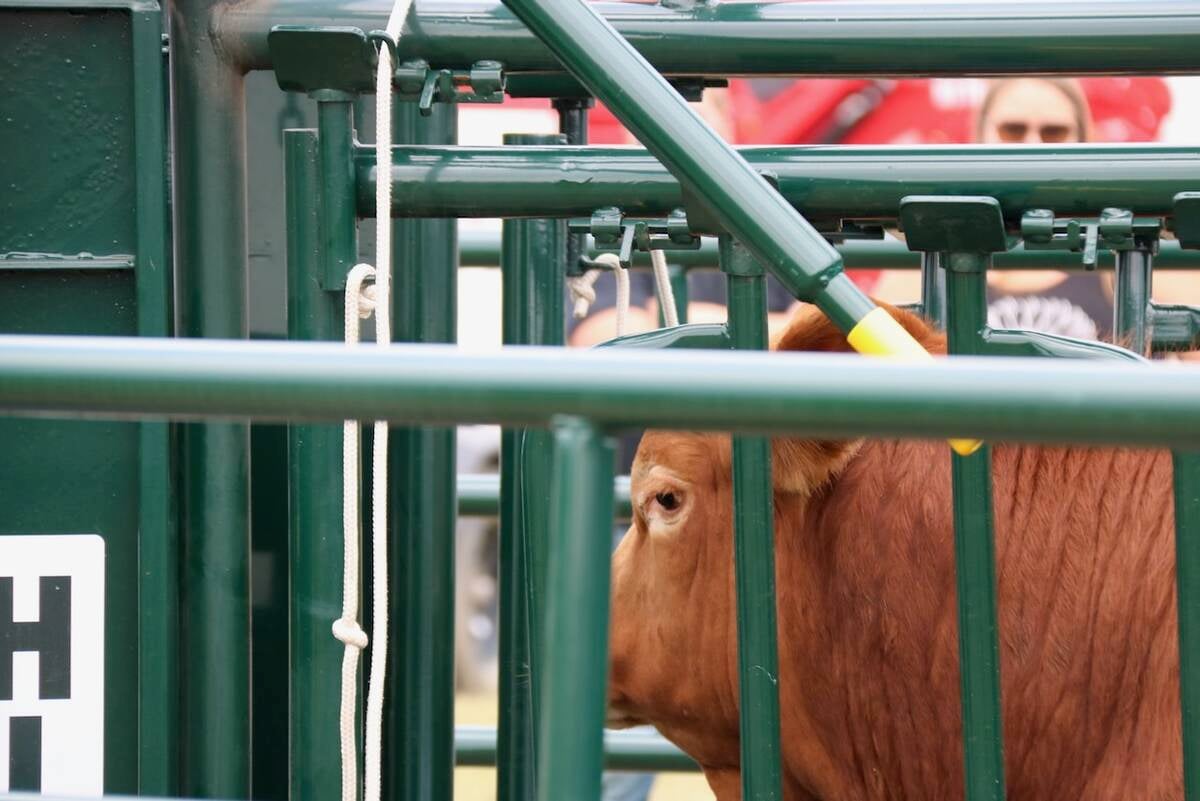In pre-BSE days, the Canada Beef Export Federation set an ambitious goal to lessen the country’s dependence on the American market by 2010.
As a BSE-positive country, Canada now must sell an extra 400,000-600,000 tonnes of beef to the world by 2007 as the herd grows.
Canada will continue to trade with the United States but must use international negotiations and diplomacy to present scientific facts to change the policy of countries that now refuse to trade.
“The American market will always be very important to us, but if we always pick the low hanging fruit from the tree, we will remain vulnerable,” said federation chair Ben Thorlakson.
Read Also

Good handling equipment a must on cattle operations
It’s important for the safety of producers and everyone else dealing with their stock that handling equipment is functional and safe.
In 2002, Canada shipped 373,000 tonnes of processed beef to the U.S. Before the diagnosis of BSE in May 2003, the federation set a goal to build beef exports outside the U.S. to 303,000 tonnes by 2010. Attaining that goal would reduce dependence on the U.S. to about 298,000 tonnes, or 50 percent of Canadian beef exports.
“If we find ourselves with an additional 400,000 tonnes of beef, our experience has shown this is going to trigger some sensitivity somewhere,” Thorlakson said Sept. 25 after the federation’s annual meeting in Calgary.
To pursue new markets the federation needs to increase its annual budget to about $9 million from $5.1 million. It hopes government will help fund market development and promotions in the European Union, Russia, Indonesia and Asia.
Alberta’s economic development department is funding the federation’s feasibility study into the implications of the changing situation in Europe and possible trade options.
The EU has banned North American beef for years because many cattle here are fed growth-promoting hormones.
However, the EU is expanding and its need for beef is growing. In 2003, it imported 50,000 tonnes of beef and is expected to import 400,000 tonnes by 2005. There could also be an expansion of the Hilton quota, which allows 11,500 tonnes of hormone-treated beef into Europe.
Pursuing new markets takes time and patience.
“We are also looking at smaller markets that we have not necessarily looked at in the past. Every knock on every door is progress,” Thorlakson said.
In recent weeks, Canada hosted officials from Cuba and the U.S. who visited processing plants and reviewed procedures in meat plants. Russian veterinarians are also expected to tour Canada this fall.
Canadian representatives, including federal agriculture minister Andy Mitchell, will meet with high level Asian officials in mid-October to further discuss their specifications and demands to resume trade.
The federation has set the following priorities to rebuild international relations and enhance export opportunities:
- Canada must continue its revisions of the domestic feed policy to keep specified risk materials out of the feed mix to meet foreign expectations and world animal health guidelines.
- It must meet BSE surveillance targets, sampling 8,000 cattle by year end and 30,000 in 2005.
- It is imperative for Canadian veterinarians to be posted full time in Asian countries to address specific concerns of trading partners rather than have individual experts travel back and forth.
- Duties of the Canadian Food Inspection Agency must be evaluated. The federal government should establish an international trade directorate apart from the agency, leaving it time to devote to inspection and enforcement.















